What are the different types & sizesof bead router cutters? |
||||
 |
||||
|
There are six main types of bead router cutter. |
||||
Staff bead router cutters |
||||
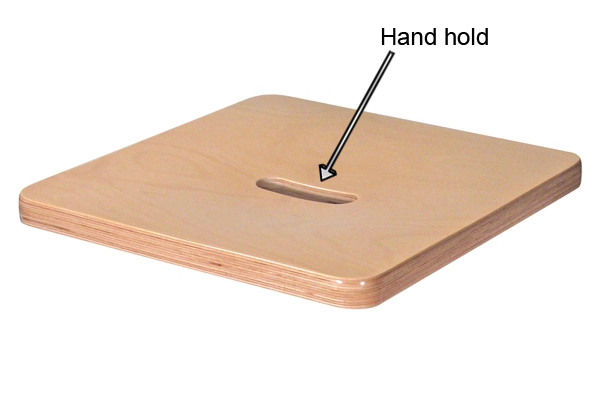 |
These cutters are designed to rout staff bead profiles on the edge of materials, but can also be used to produce stair nosings. Some staff bead cutters have the bottom cut facility and so can be used in a plunge router to cut into the surface of materials. This is often done when cutting and moulding things like the hand holes for stool seats. |
|||
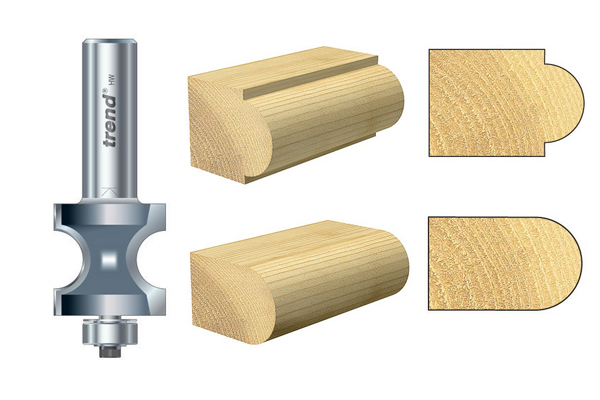 |
Staff bead cutters can be found in the CraftPro range, and a slightly larger range is found in the Professional TCT range, which includes decorative bead cutters, staff bead cutters, and staff bead jointers. |
|||
Corner bead router cutters |
||||
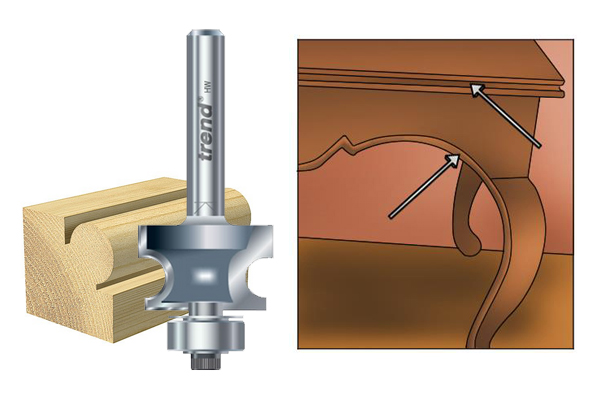 |
These cutters are designed to produce corner beads, which are commonly found on the edge of cabinets or shelving units. Corner bead cutters can be found in CraftPro range with shank diameters of ¼,” ½”, and 8mm. Corner bead cutters in the Professional TCT range also have shank diameters of ¼,” ½”, and 8mm. |
|||
Sunk bead router cutters |
||||
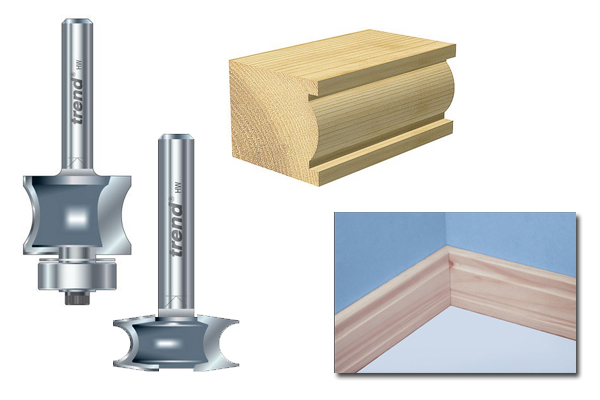 |
These cutters are used for routing sunk beads, which are commonly found on skirting boards. The Professional range contains a few sunk bead cutters, and also some self-guided cutters. |
|||
Concave bead router cutters |
||||
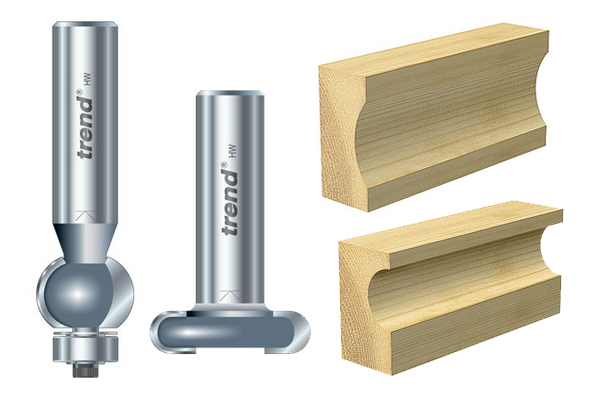 |
Concave bead router cutters produce small rounded grooves in a material (usually known as concave beads). Cutters that make this kind of cut may also be known as radius sunk bead cutters, and flat sunk bead cutters. Also available for these cuts is a double guided concave sunk bead cutter with a tip mounted guide bearing. |
|||
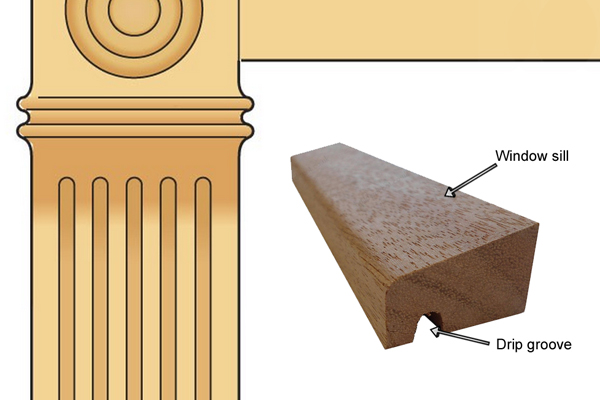 |
Concave beads can be purely decorative, or used for applications such as making drip grooves - semicircular channels that prevent water from being able to seep in under your window sill when it's raining. |
|||
Decorative bead router cutters |
||||
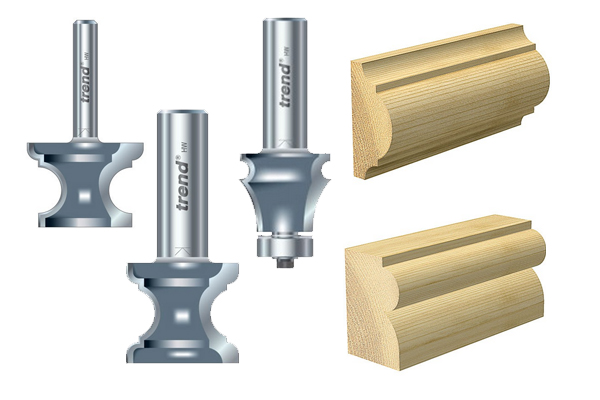 |
Decorative bead cutters and decorative bead mould cutters have slightly more elaborate designs and are primarily used for creating intricate profiles on furniture and other items. These cutters are classed as simply decorative bead cutters or decorative bead mould cutters. |
|||
Multi bead router cutters |
||||
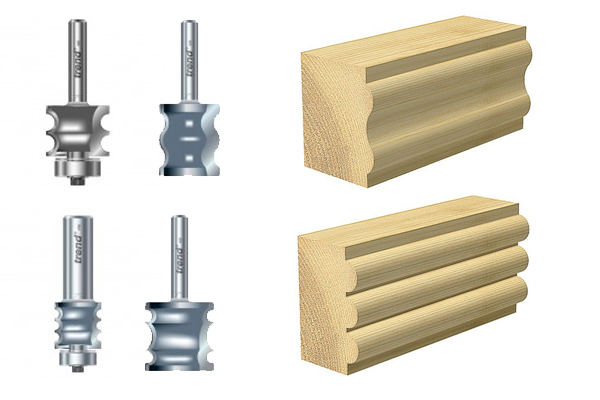 |
These cutters produce multiple bead profiles, with two or, more commonly, three bead profiles. These multi bead profiles are also known as reeds.
Reeds are commonly produced on columns, edges of shelves, and strips of moulding. |
|||
What bead router cutter sizes are available? |
||||
|
Bead router cutters are most often sized according to the following dimensions: |
||||
Shank diameter of bead router cutters |
||||
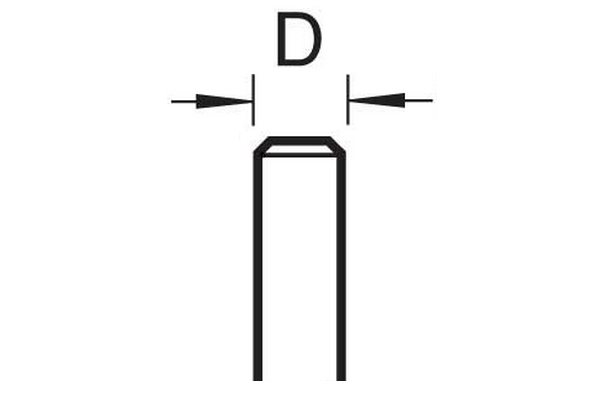 |
The shank diameter is measured across the centre of the shank from any point on its circumference.
Bead router cutters are available with ¼" (6.35mm), 8mm (5/16"), ⅜" (9.5mm), 12mm (½" approx.) and ½" (12.7mm) shank diameters. |
|||
Diameter of bead router cutters |
||||
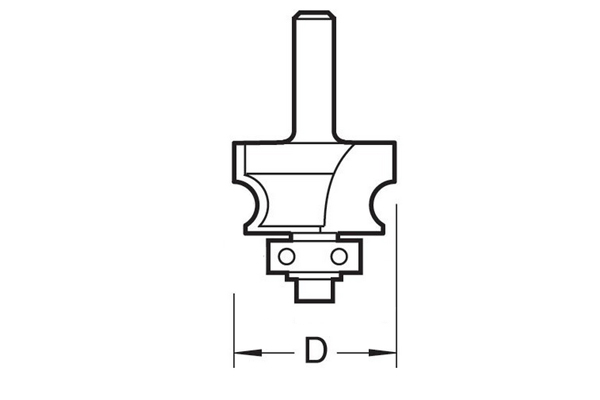 |
The diameter is the maximum width of the router cutter and is measured from the outermost point of the cutting edges through the centre of the bit. |
|||
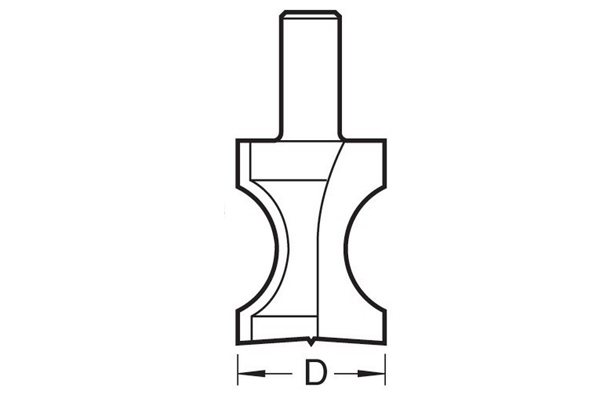 |
For cutters without a guide beneath their cutting edges, the diameter also tells you the maximum width of the path made by the router cutter in one pass.
Bead router cutters have diameters ranging from 19mm (¾") to 60.2mm (2⅜"). |
|||
Cutting edges of bead router cutters |
||||
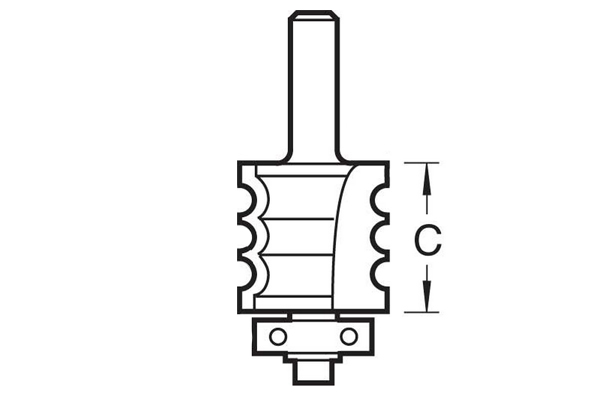 |
LengthThis is the maximum length of the full cutting edge of the router cutter, and is measured from the top of the cutting edge to the bottom.
Bead cutting edge lengths range from 6mm (15/64") to 52mm (2 3/64"). |
|||
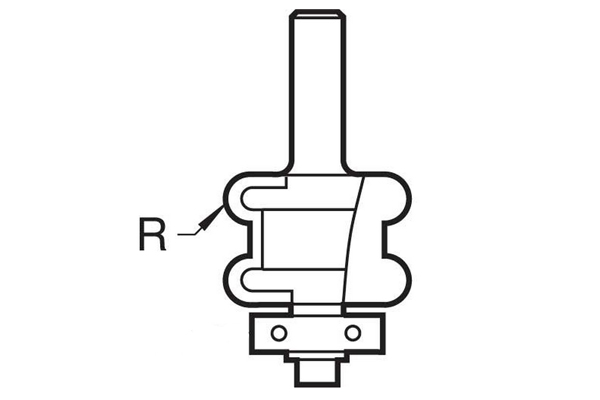 |
RadiusThis is the radius of the bead cutter's edges.
All bead router cutters have concave or convex cutting edges designed to rout curves in the edge of materials. |
|||
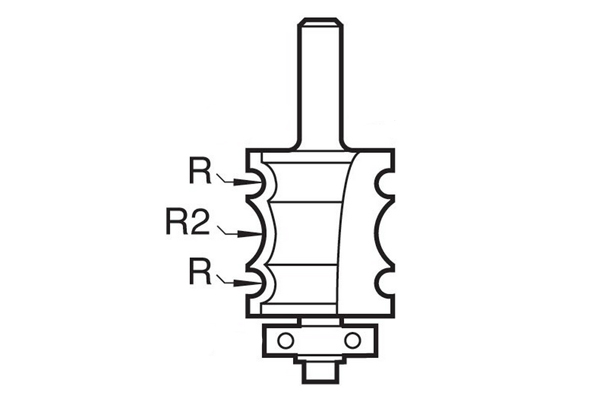 |
Some have two or more different radii ground into their cutting edges, in order to produce convex and concave curves of different sizes.
Bead cutter radii range from 2mm (5/64") to 32mm (1¼"). |
|||
Guide diameter of bead router cutters |
||||
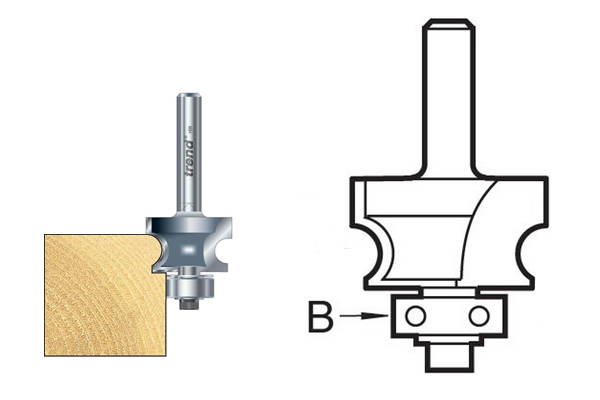 |
Some bead router cutters are supplied with a ball bearing guide located beneath their cutting edges.
The distance between the outside edge of the guide and tip of the cutting edge will determine the maximum cutting depth. |
|||
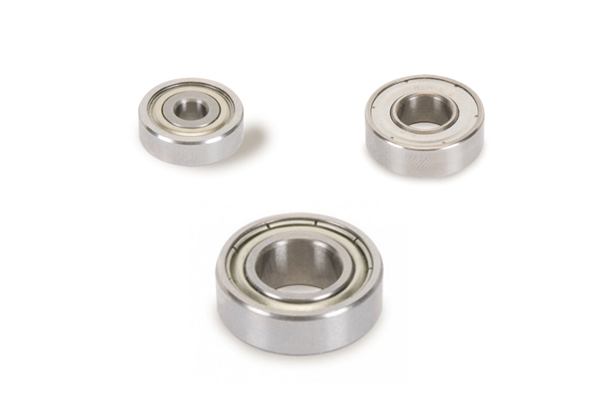 |
Bearings range from 9.5mm (⅜") to 19mm (¾") in diameter.
With most models of bead cutter, the bearing can be removed and replaced with a larger or smaller one to alter the cutting depth of the cutter and the profile it produces. |
|||
 |
||||








